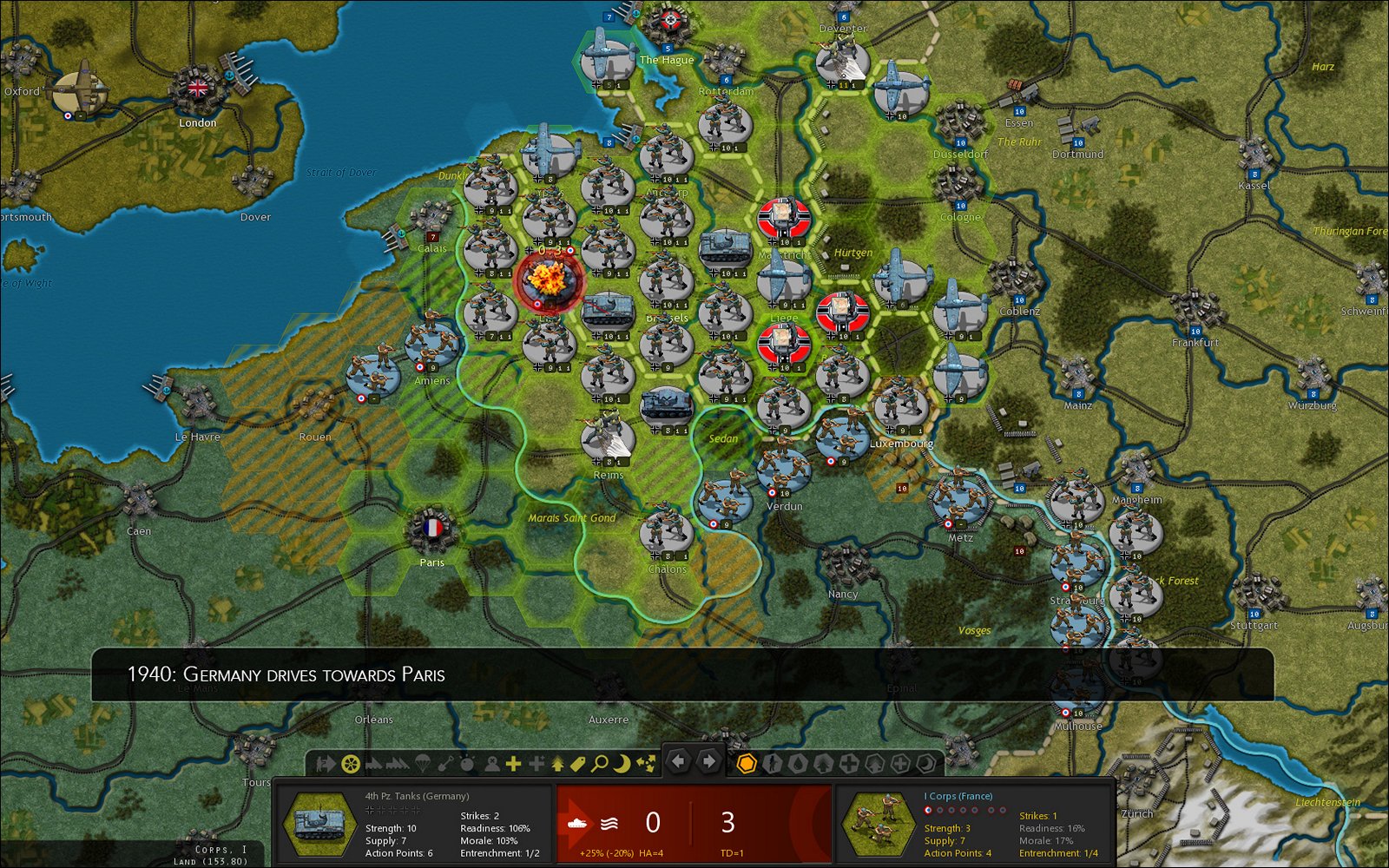

This pair of maps were part of a six-map set produced by the Navy Department in 1944 (Maps No. It emphasizes the region’s strategic importance as a source of raw materials, including “almost all of the world’s quinine nine-tenths of the world’s rubber one-half of the world’s tin and tungsten and surpluses of oil, rice, cotton, tea, spices, hemp and tropical hardwoods.” Yellow arrows indicate the routes of Japanese invasion in 1941-42, while large white arrows indicate the routes of vital raw materials shipped from the conquered territories back to Japan (Many of these routes terminate in vignettes of Japanese freighters and tankers in flames.) The map also features a timeline of “historic highlights in America’s relations with Southeast Asia,” five vignettes at lower left of low-tech production of raw materials, and an inset map showing the “vast” distances required to traverse the region. 2, a thematic map of the South China Sea and surrounding region, with coverage extending westward as far as India and east to New Guinea. The overall impression is one of complete Allied dominance in and around the Mediterranean, though at the time most of Southern Europe remained firmly under Axis control.

The lower half of the map provides a variety of statistical information, a timeline of American naval activities in the region reaching back to 1801, and an inset map showing the value of Allied air bases in Sardinia, southern Italy and Turkey. Dashed red and yellow lines indicate areas of North Africa and Italy occupied by American and British armies, reflecting the status quo as of early 1944. Various naval fleets and air squadrons are shown in tiny bird’s-eye view, their movements indicated by bold arrows, with tiny vignettes depicting the British raid on Taranto (1940), the scuttling of the French navy at Toulon (1942), the North Africa and Sicily landings, and other major events. The map is printed in somber tones of black, brown and blue-gray, with symbols indicating cities of various sizes, naval bases and airfields. 1, which highlights the strategic importance of the Mediterranean, which “offers many approaches to Fortress Europe.” It also emphasizes Allied successes there during the Second World War, giving particular attention to the role played by massive Allied fleets in supporting the invasions of North Africa (1942) and Sicily (1943). Two spectacular propaganda maps of the Mediterranean and South China Sea, printed front and back on a single sheet and issued in 1944 by the U.S.


 0 kommentar(er)
0 kommentar(er)
